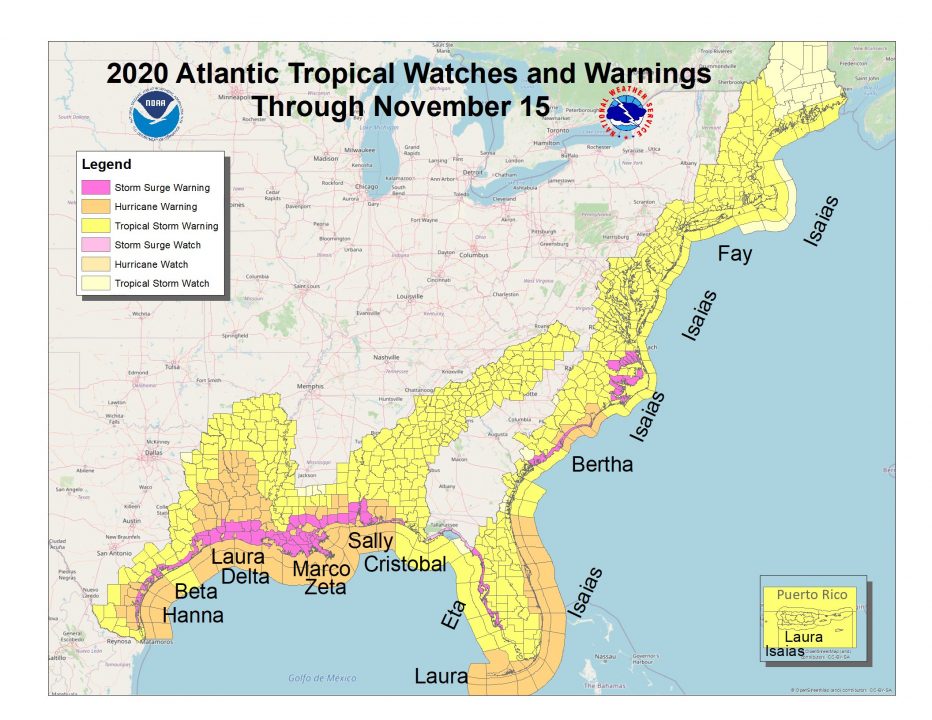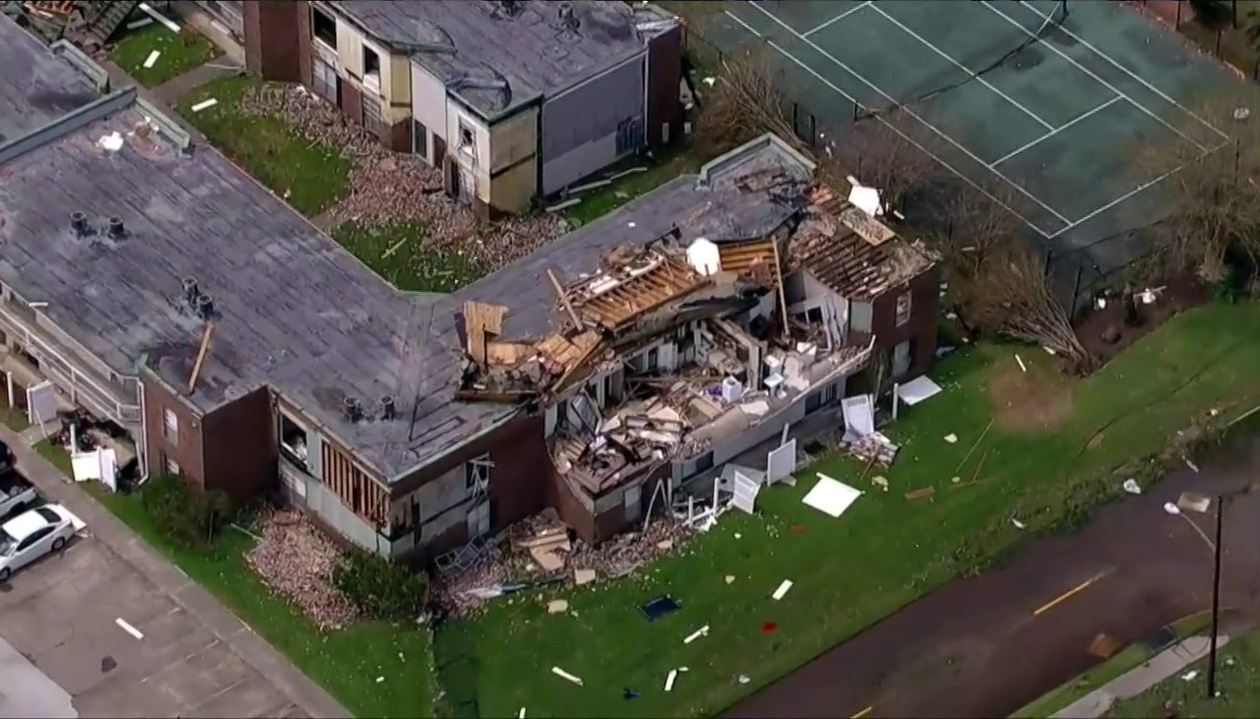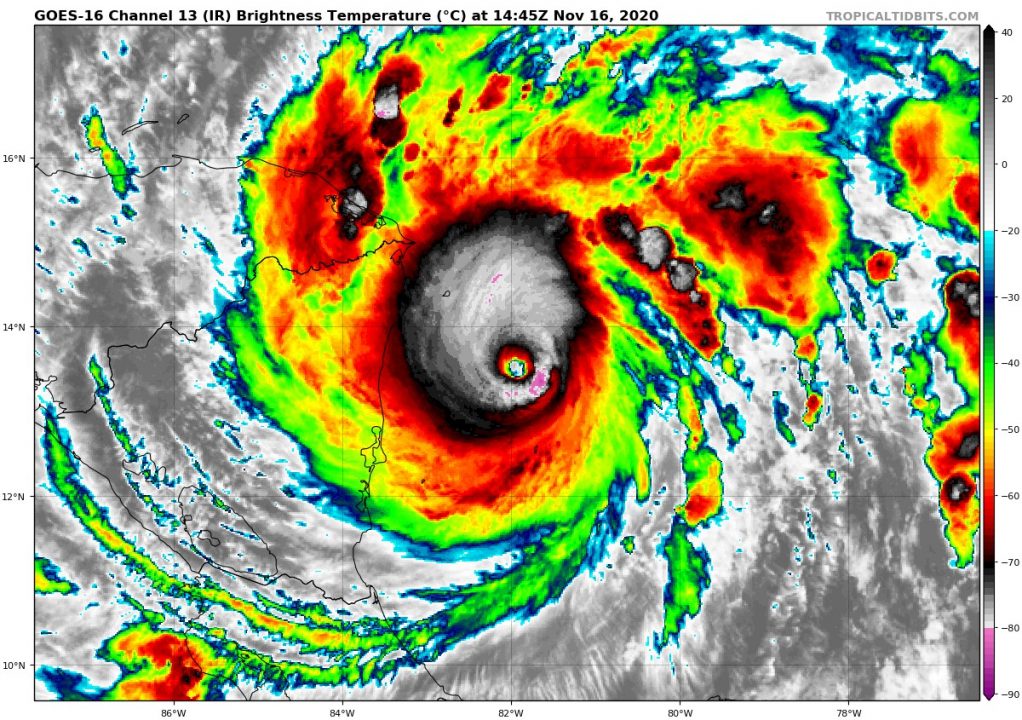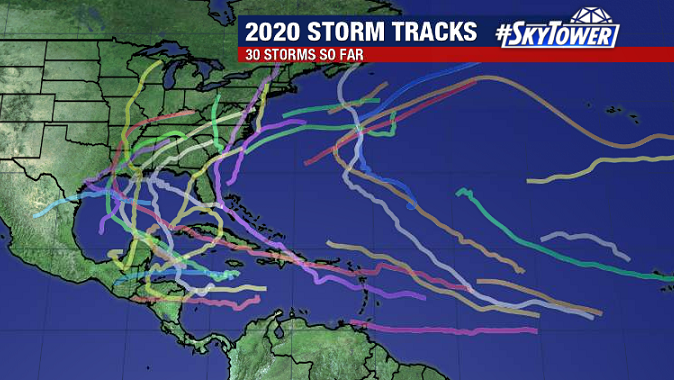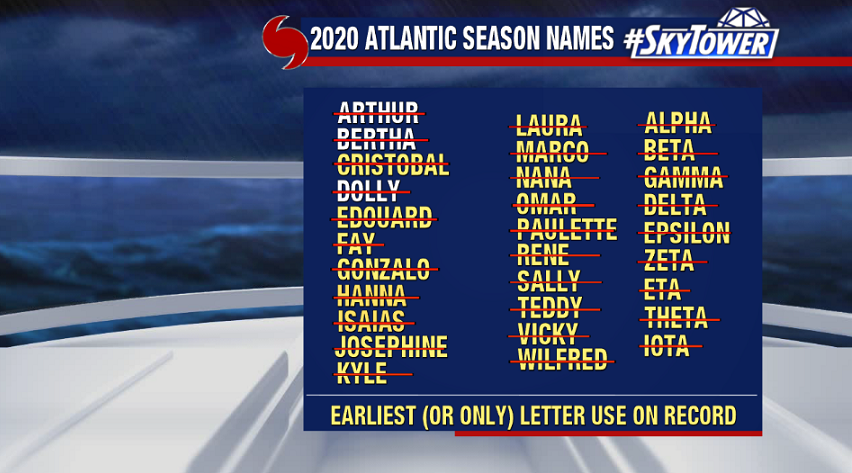On Thursday, the National Hurricane Center released their outlook for the 2021 Atlantic hurricane season. No surprise, it’s expected to be another active year. While we’re not expecting a repeat of the historic 2020 season, there is a 60% chance of above normal tropical activity this year.

Contributing factors include warmer than normal sea-surface temperatures, weaker trade winds, and lower wind shear. A neutral phase of the El Nino Southern Oscillation is likely through the season, however it’s possible we transition transition back to a weak La Nina later in the year, which also aids in tropical development. Additionally, an enhanced African Monsoon season should lead to increased tropical development in the main development region of the Central Atlantic toward the peak of the season.
At the end of the day it’s to important to remember you should prepare for hurricane season in the exact same way every year regardless of what the seasonal outlook says. All it takes is one storm where you live to make it a bad year for you.
We are monitoring an area east of Bermuda at the moment for possible preseason development – a somewhat common occurrence in recent years. There is a high likelihood this develops into a subtropical system in the next day or two as it moves near Bermuda, before moving into a harsher environment late in the weekend into early next weekend. If a storm forms, it would get the name ‘Ana’. It will be no threat to the United States.


